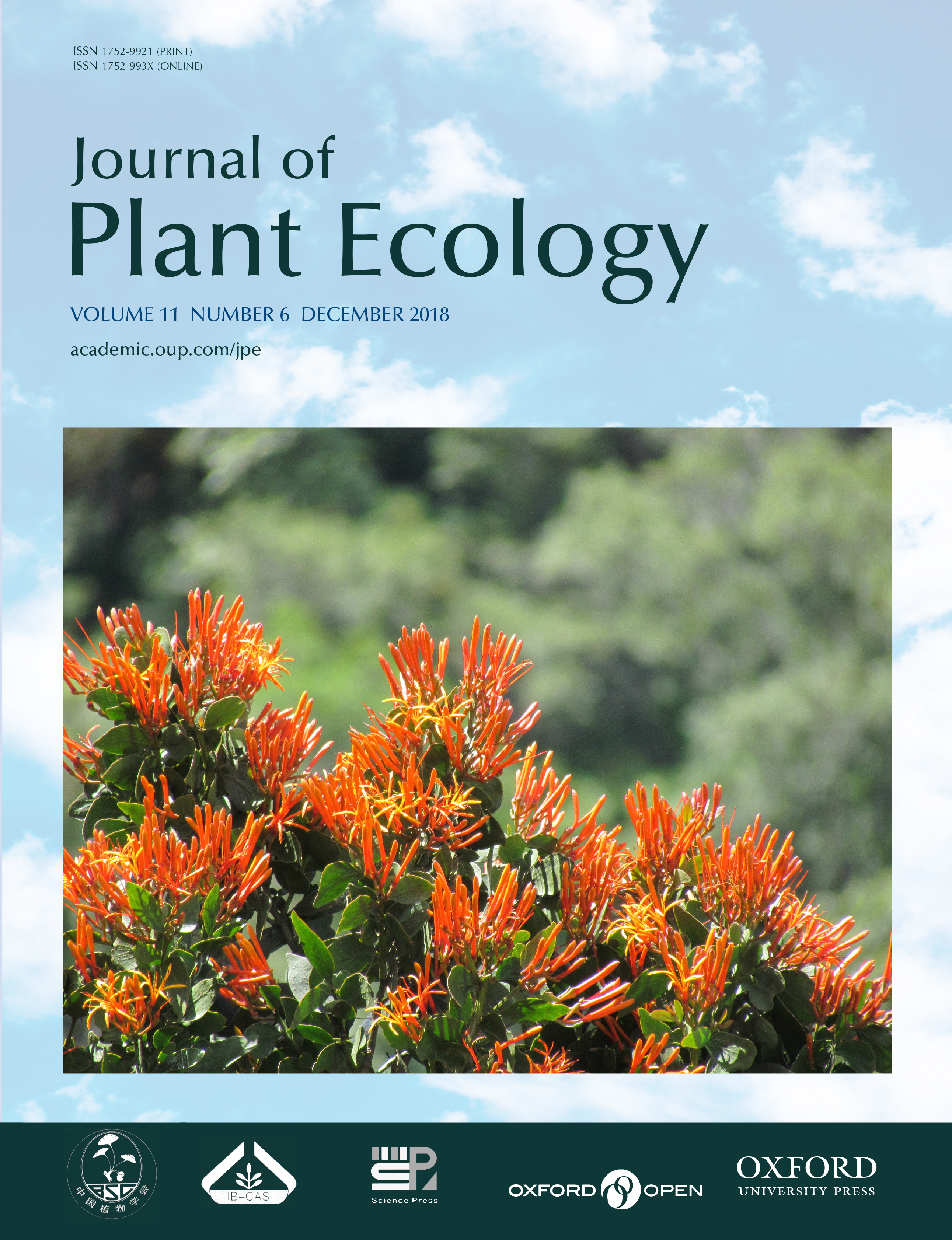Lalith D. B. Suriyagoda, Ranil Rajapaksha, Gamini Pushpakumara and Hans Lambers
Aims
Epiphytes and hemiparasites do not have direct access to soil nutrients. Epiphytes acquire nutrients through symbiosis, foliar leachates and throughfall, whilst hemiparasites have specialized structures (haustoria) to acquire nutrients from their host. Irrespective of the green leaf nutrient concentrations of epiphytes, hemiparasites and their hosts, nutrient-resorption efficiency and proficiency are expected to be the greater in epiphytes than in their hosts and in hemiparasites. These hypotheses were tested.
Methods
Green and senescing leaves of epiphytes (n = 23), hemiparasites (n = 9) and their hosts were collected, and leaf area, leaf dry weight, nutrient (nitrogen-N, phosphorus-P, potassium-K, calcium-Ca) and sodium (Na) concentrations were measured, and resorption efficiency (%) and proficiency were calculated.
Important Findings
Concentrations of N, P, K, Ca and Na in green leaves of epiphytes and hemiparasites were either similar or greater than those of their hosts, except for lower green leaf N concentration in hemiparasites. Epiphytes resorbed N, P, K and Na, while their hosts resorbed only N, P and K. Hemiparasites and their hosts resorbed P, K and Na while N was not resorbed. Overall, resorption efficiency was greatest in epiphytes > hemiparasites = hosts, while the resorption proficiencies were similar or greater for epiphytes and hemiparasites compared with their hosts, except for N in hemiparasites. Relatively high nutrient concentrations in epiphytes were associated with greater resorption efficiency. Understanding contrasting nutrient concentrations in epiphytes, hemiparasites and their hosts will be important in recognising their contribution to ecosystem nutrient cycling.








